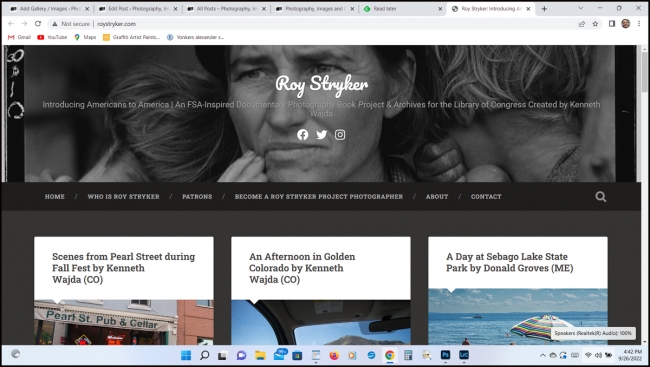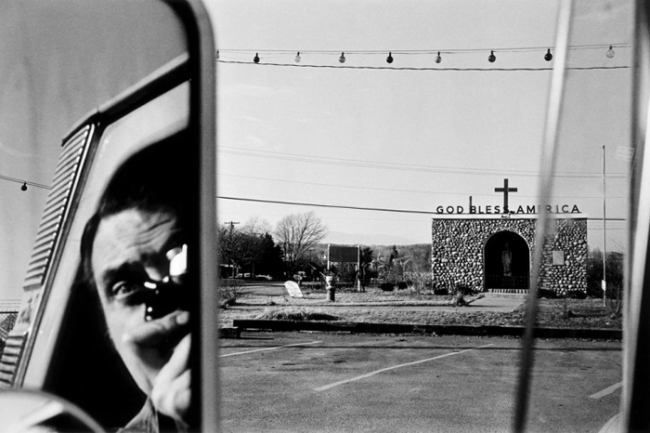I was recently reading Kenneth Wadja’s interesting and articulate blog: 6×6 Portraits. Mr. Wadja is a professional photographer in Colorado who also has a commercial website; a site devoted to street photography; a site devoted to senior portraits; a YouTube Channel and the site which caught my attention for this post: The Roy Stryker Photo Project via a post on his blog: Roy Stryker is Back After A Summer Vacation.
The About page on the Roy Stryker Photo Project site reads:
Inspired by the drive and passion of Roy Stryker, and his belief in the power of the photograph to bring about social change, Kenneth Wajda, a professional documentary photographer in Boulder, Colorado, created this photo project.
Collecting black and white and color photographs from across the U.S., the project’s goal is to document the rural and urban lifestyle in the U.S. 80 years after the first FSA photography collection was started. And to publish a book of the images.
The original FSA collection was started during difficult times in the history of the U.S., and we are living in a similar tumultuous time, and the aim for this project is to document all of the aspects of American life that exist today.
In an internet age where more photographs are being taken than ever before in history, there is a great concern that this may be a digital dark age for photography, as more people make photographs but the number of images actually being stored, archived and printed is quite low.
Each photographer maintains the rights to their images in the collection and inclusion of images to the Library of Congress is solely up to the photographer.
This seems to me to be admirable goal and I considered contributing to the project until I read:
Here’s a list of some of the photos we need in the collection. We need people engaged in life mainly, and good caption info. See the examples on the site. We don’t need names necessarily, but we do need descriptions, date, and camera used.
It seems that the emphasis is on people, which pretty much rules me out as I rarely take pictures with people in them. Maybe I should?
In any case congratulations to Mr. Wadja for initiating such an interesting and important project. I wish you success and the project may inspire me to take more pictures of people so that I can contribute later.


